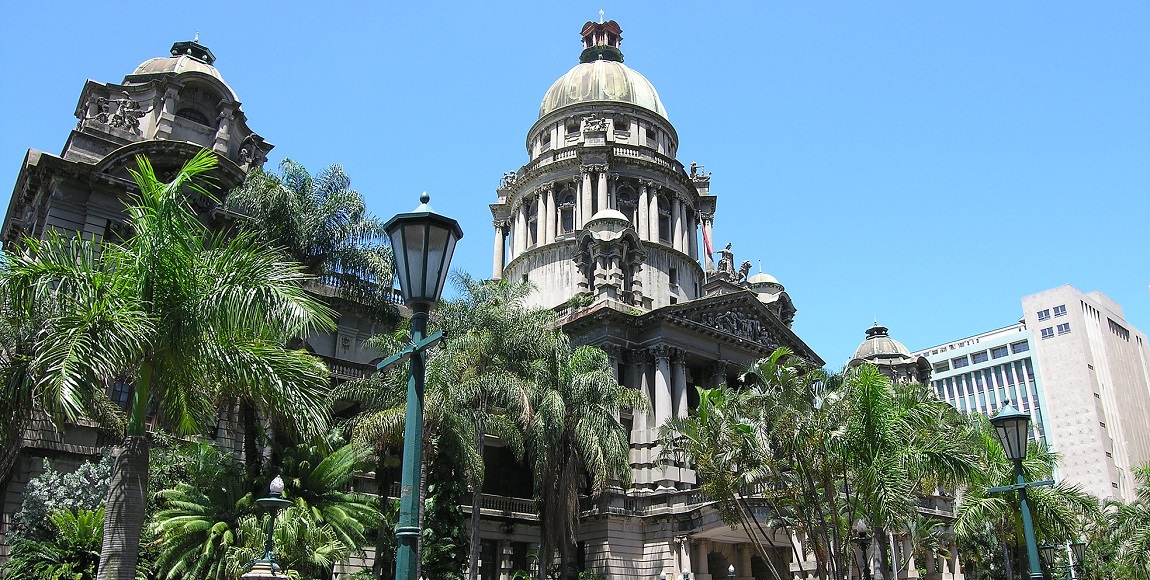A recent tweet threw out some data shattering commonly held beliefs about which cities have the most trees. And it turns out, Joburg isn’t as green as many of us thought.
What? Durban and Sydney have more trees than Johannesburg? Of behalf of all Joburgers, I demand a treecount. https://t.co/rc3F5Ddtml
— Gus Silber (@gussilber) July 18, 2017
MIT Senseable City, a built environment research lab at the Massachusetts Institute of Technology, together with the World Economic Forum, created Treepedia, an interactive data site that visualises how green cities are around the world. It uses data collected from Google Street View panoramas to create a Green View Index (GVI) which measures tree canopy cover. They used Google Street View, rather than satellite imagery, to measure how much green you see while walking on the streets. This means that parks and forests were excluded from the survey.
Sit down Joburg, Durban is the greenest city in South Africa.
The GVI on the maps is presented on a scale of 0-100, showing the percentage of canopy coverage of a particular location.
Durban ranked the highest in South Africa, and fifth in the world, with a GVI of 23.7%. It beat Joburg by a very small margin though – 0.1%. Ethekwini is greener than Frankfurt, which comes in at 21.5% and Miami, which scored 19.4%.
The myth that Johannesburg had the largest man-made forest in the world was debunked by Africa Check back in 2013. Given all the hype around Cape Town being a green city, only 13.4% of the city’s streets are lined with trees. That’s still greener than Paris though, which measures at 8.8%.
Living in tree-dense cities is does good not only for the environment but human health as well.
Trees, the Earth’s air purifiers, play a major role in balancing the temperatures and climates in the environment. A single tree can absorb about 4.5kg of air pollutants in a year. They also have a great effect on mental health.
The biophilia hypothesis, first posited by psychoanalyst Erich Fromm and evolutionary biologist Edward O. Wilson, says that humans have a biological and psychological connection to nature, has been correlated in scientific studies. A 2015 study by the Centre for Research in Environmental Epidemiology (CREAL) in Barcelona, Spain found a correlation between green spaces and perceived well-being. “This study… provides evidences that green spaces are associated with a better perception of people’s own health and better mental health, regardless of the degree of urbanization, socioeconomic status and gender.â€
We shouldn’t pat ourselves on the back too soon. Rising global temperatures and consistent butchering of our planet’s forests and ecosystems means that we need to plant way more trees and just be more conscious of how we treat the environment. Maybe next year, the Green View Index should become a competition to find which city has planted the most trees and helped battle global warming.









